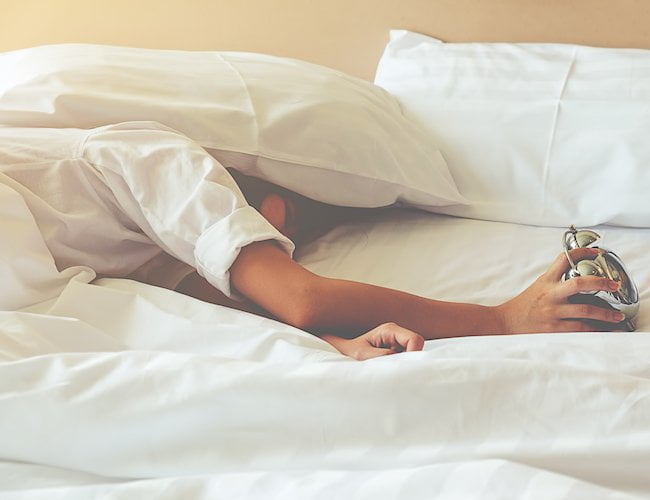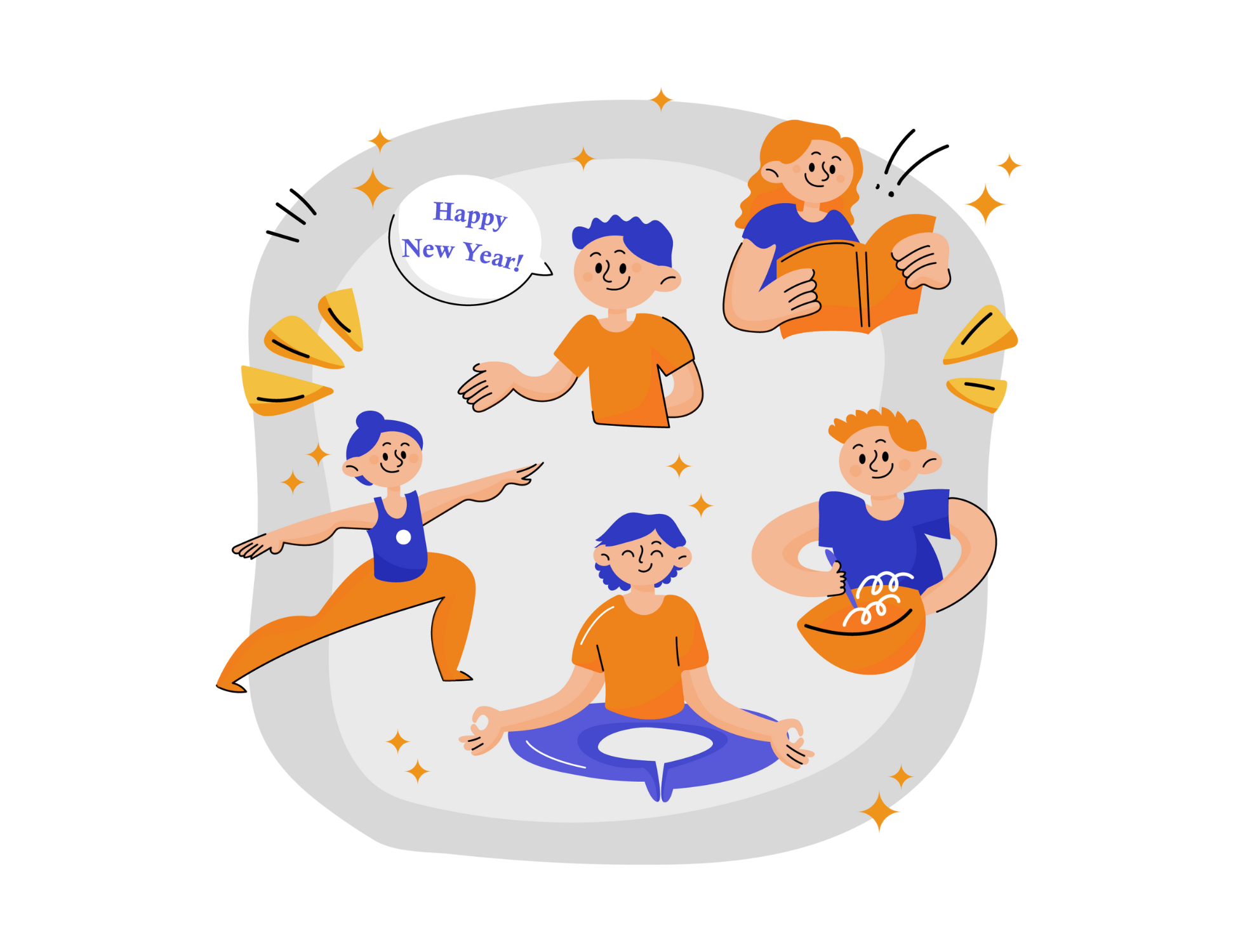 Flexible work schedules are becoming more common in modern workplaces. According to the 2019 Employee Wellness Industry Trends Report, 30% of employers view flexible work schedules as a top three solution to address mental health issues for employees. There is no shortage of data showing the benefits and costs of flexible work schedules.
Flexible work schedules are becoming more common in modern workplaces. According to the 2019 Employee Wellness Industry Trends Report, 30% of employers view flexible work schedules as a top three solution to address mental health issues for employees. There is no shortage of data showing the benefits and costs of flexible work schedules.
A new study provides even more details (from a somewhat unique perspective) on how this type of work style can be effective for employees and employers. According to an analysis of a real-world experiment, aligning work schedules with individual’s internal clocks resulted in more and better sleep and as a result, more productive employees. The experiment was held at a ThyssenKrupp steel factory in Germany. Shortly after scientists assigned the day shift to early risers and the late shift to night owls, employees were reporting getting an extra hour of sleep on work nights. Other studies on employees in the call center of a mobile phone company, a packaging manufacturer, and an oil transportation company validate the adverse impacts of trying to work outside one’s normal biological clock.
They got 16% more sleep, almost a full night’s length over the course of the week.
– Dr. Till Roenneberg, Lead Researcher
Although it is unclear whether companies were inspired by the research, one thing is for certain: a small but growing number of businesses are encouraging employees to work when their bodies are most awake. This approach to flexible work is consistent with emerging science that suggests that each person has an optimal time to fall asleep and wake up, a personalized biological rhythm known as a “chronotype.” When forced to sleep at a time when the body does not want to sleep, an individual does not sleep as well or as long, resulting in fatigue, poor work performance, and errors as well as health problems ranging from heart disease and obesity to anxiety and depression.
With 80% of people working on schedules that clash with their internal clocks, the impact for employers is potentially huge. The lead researcher, Dr. Roenneberg, has collected data from 300,000 people and found that chronotypes plot as a bell-shaped curve, with a few individuals at each extreme and most falling somewhere in the middle. The most common chronotype, which is held by 13% of the population, sleeps from around midnight to 8 AM. Thirty-one percent of individuals have an earlier natural bedtime, and 56% have a later one. This means for at least 69% of the population, getting to the office by 8 AM or 9 AM requires waking up before their body is ready. This is why organizations like Southwest Airlines, the U.S Navy, and others are supporting employees to work on schedules that align with their chronotype.












